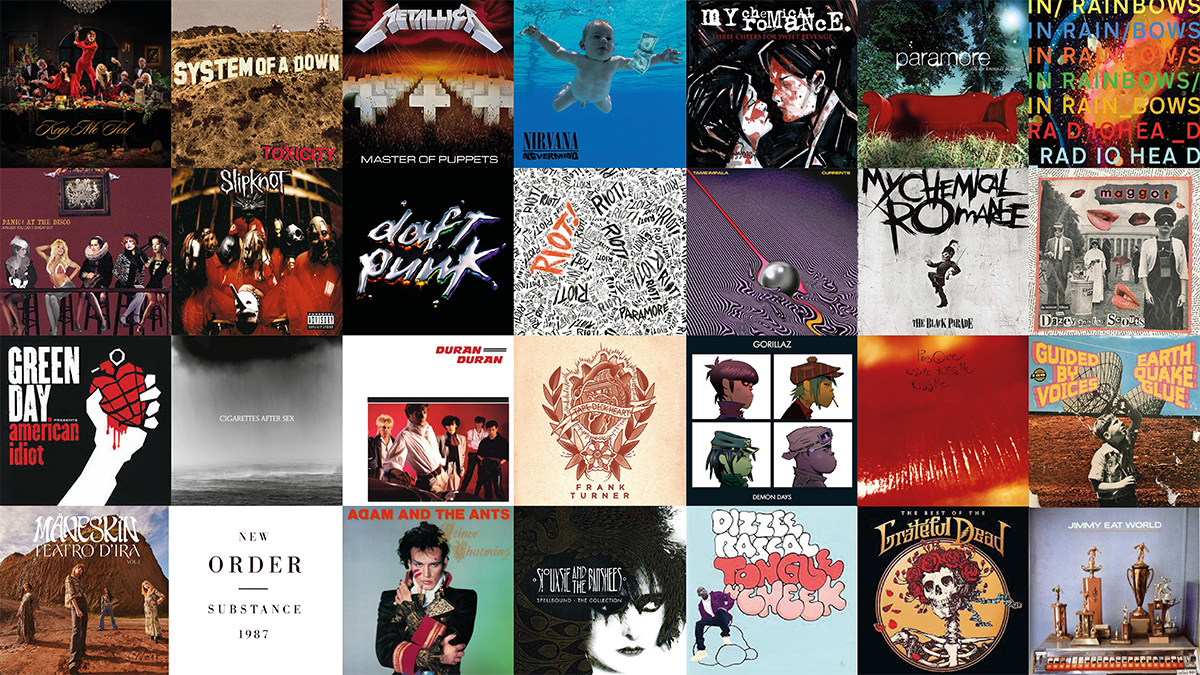Integrated marketing is an essential tool that should be part of all brand strategies. Let’s take a look at examples that can help you take your integrated marketing to the next level.
Apple
Apple loves to keep things simple. They showcase their products as more innovative and stylish than the competition. Their ‘no-nonsense’ approach is apparent across all aspects of the brand.
Apple’s packaging embodies this concept. Minimal text on crisp white boxes showcasing the product inside for all to see. Much like their packaging, their stores are also clean and have minimal decor. Products are again showcased and open for all to test out and use. Their commercials? You guessed it – sleek, minimal in voice descriptions and are a close reflection of their online advertisements.
With this integrated branding and marketing approach portraying professional and premium products, Apple can charge prices well above their competitors, regardless of actual comparisons when it comes to technical performance. Doing so, they dominate the tech market in these specific product areas.
As media channels become more fragmented and the constant advertising customers are exposed to has desensitised them to a degree, it has become more important that brands become recognisable instantly. Only companies with the most integrated, consistent branding and marketing strategies are instantly recognisable.
However, consistency doesn’t mean you have to compromise on creativity in your marketing content. Integrated marketing is not defined simply by throwing the same colour palate across all media channels with the same imagery. Instead, it is a process of the marketing team (or agency) to put a great deal together behind the scenes to construct a clear, unilateral perception of a brand. That perception would include everything from advertising materials, face to face presentations with clients and customers right through to the appearance and tone of the customer service reception, where applicable.
Integrated marketing should be considered by companies that:
- Advertise across numerous media channels.
- Specify their target audiences definitively.
- Are concerned about the data and analytics behind the performance of their marketing activities as a whole.
- Commercially advertise through B2B or B2C channels.
Multi-million-pound corporations are typically the most appropriate organisations to implement integrated marketing strategies and campaigns simply because their reach extends to the most significant number of people. However, there’s nothing to stop smaller organisations from following the same techniques for their marketing, as this will place them above the competition in their markets in terms of greater brand awareness and sales.
Integrated marketing is not exclusively available for new brands. Companies at any stage of their presence in the market can adopt these techniques.
IKEA
IKEA was frustrated because customers were mainly purchasing throw pillows and kitchenware. This frustration pushed them to create an integrated marketing campaign that would entice customers to buy more expensive products in the store. The campaign aimed to show customers how to use IKEA to build their dream home rooms. The campaign utilised television adverts, printed brochures and a revamped website to achieve this. The marketing effort led to a 9% and 12% growth in living room and kitchen sales.
Integrated marketing campaigns do not simply mirror the same advertisement across your media channels. Instead, each media channel’s advertising contributes to your campaign’s overall story or voice. Each media channel serves the same purpose for the campaign objective but in different ways, adding to a comprehensive offering. Integrated marketing campaigns focus on the identity of a brand and a message trying to be conveyed.
Spotify Wrapped
Every December, Spotify’s users from around the world gather around their phones to see their Spotify Wrapped. This marketing campaign creates excitement and conversation, making customers feel essential by receiving their tailor-made yearly wrap.
This is successful for many reasons. Firstly, an in-app prompt lets consumers know when their wrap is ready. The interactive, colourful video plays through their personal Spotify information from their top listened to songs, favourite artists, and where they ranked in their top listeners!
Beyond the piece’s aesthetics, it is created in the perfect dimensions for story posts, and there are multiple prompts for sharing on social media throughout. This leads to our Instagram stories being full of people showing off their impeccable music tastes every year.
Not only online, but Spotify Wrapped features on billboards, all over the London Underground and other traditional forms of advertising. Its effect is monumental and impacts other brands’ social content during this time; MailChimp, Guinness, HootSuite and many others create wrapped-style content to jump on the hype!
Integrated marketing is an essential tool that should be part of all brand strategies. Let’s take a look at examples that can help you take your integrated marketing to the next level.
Apple
Apple loves to keep things simple. They showcase their products as more innovative and stylish than the competition. Their ‘no-nonsense’ approach is apparent across all aspects of the brand.
Apple’s packaging embodies this concept. Minimal text on crisp white boxes showcasing the product inside for all to see. Much like their packaging, their stores are also clean and have minimal decor. Products are again showcased and open for all to test out and use. Their commercials? You guessed it – sleek, minimal in voice descriptions and are a close reflection of their online advertisements.
With this integrated branding and marketing approach portraying professional and premium products, Apple can charge prices well above their competitors, regardless of actual comparisons when it comes to technical performance. Doing so, they dominate the tech market in these specific product areas.
As media channels become more fragmented and the constant advertising customers are exposed to has desensitised them to a degree, it has become more important that brands become recognisable instantly. Only companies with the most integrated, consistent branding and marketing strategies are instantly recognisable.
However, consistency doesn’t mean you have to compromise on creativity in your marketing content. Integrated marketing is not defined simply by throwing the same colour palate across all media channels with the same imagery. Instead, it is a process of the marketing team (or agency) to put a great deal together behind the scenes to construct a clear, unilateral perception of a brand. That perception would include everything from advertising materials, face to face presentations with clients and customers right through to the appearance and tone of the customer service reception, where applicable.
Integrated marketing should be considered by companies that:
- Advertise across numerous media channels.
- Specify their target audiences definitively.
- Are concerned about the data and analytics behind the performance of their marketing activities as a whole.
- Commercially advertise through B2B or B2C channels.
Multi-million-pound corporations are typically the most appropriate organisations to implement integrated marketing strategies and campaigns simply because their reach extends to the most significant number of people. However, there’s nothing to stop smaller organisations from following the same techniques for their marketing, as this will place them above the competition in their markets in terms of greater brand awareness and sales.
Integrated marketing is not exclusively available for new brands. Companies at any stage of their presence in the market can adopt these techniques.
IKEA
IKEA was frustrated because customers were mainly purchasing throw pillows and kitchenware. This frustration pushed them to create an integrated marketing campaign that would entice customers to buy more expensive products in the store. The campaign aimed to show customers how to use IKEA to build their dream home rooms. The campaign utilised television adverts, printed brochures and a revamped website to achieve this. The marketing effort led to a 9% and 12% growth in living room and kitchen sales.
Integrated marketing campaigns do not simply mirror the same advertisement across your media channels. Instead, each media channel’s advertising contributes to your campaign’s overall story or voice. Each media channel serves the same purpose for the campaign objective but in different ways, adding to a comprehensive offering. Integrated marketing campaigns focus on the identity of a brand and a message trying to be conveyed.
Spotify Wrapped
Every December, Spotify’s users from around the world gather around their phones to see their Spotify Wrapped. This marketing campaign creates excitement and conversation, making customers feel essential by receiving their tailor-made yearly wrap.
This is successful for many reasons. Firstly, an in-app prompt lets consumers know when their wrap is ready. The interactive, colourful video plays through their personal Spotify information from their top listened to songs, favourite artists, and where they ranked in their top listeners!
Beyond the piece’s aesthetics, it is created in the perfect dimensions for story posts, and there are multiple prompts for sharing on social media throughout. This leads to our Instagram stories being full of people showing off their impeccable music tastes every year.
Not only online, but Spotify Wrapped features on billboards, all over the London Underground and other traditional forms of advertising. Its effect is monumental and impacts other brands’ social content during this time; MailChimp, Guinness, HootSuite and many others create wrapped-style content to jump on the hype!




